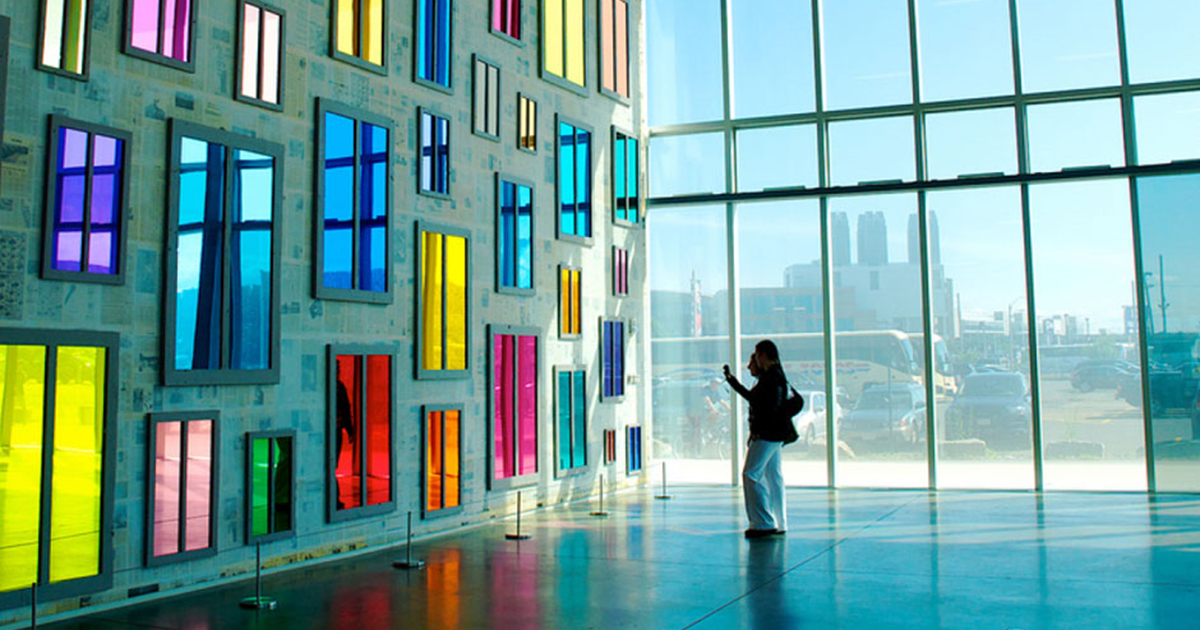Business Takes Center Stage

“We don’t exist to make money.” That’s the message Jill Medvedow, director of the Institute of Contemporary Art, shared with a group of arts enthusiasts and business students on a recent afternoon. “Our core business is not our balance sheet,” she expands, “it’s just a means to an end.”
Make no mistake: there is a science to running a successful arts organization, and the bottom line is important. Some of the brightest, most creative, entrepreneurial minds in business work for museums, symphonies, dance companies, and other arts organizations. Many of these executives and directors come from creative backgrounds with no formal business training, so success often hinges on building relationships with partners who have complementary skill sets.
Getting the Leadership Right
Michael Maso has a front row seat when it comes to the drama of running a theater. Formally, his job as managing director is to run Huntington Theatre’s administrative and financial operations. Candidly, Maso says his job is “to say yes and to make things happen.” He and Artistic Director Peter DuBois are equals, jointly in charge of everyone and everything at the Huntington.
“It’s a strange thing to have two people running something. It’s an odd thing in America, and an odd thing if you think about how you get things done. And, yet, we have this structure where Peter and I jointly report to the board,” says Maso. “It only works because we have a common purpose, and that is that we each dedicate ourselves to the service of the other person. I really think that if artistic and managing directors can’t make the relationship work, somebody has to go. It’s not a strategic issue for the board to solve, it’s a relationship issue.”
Building Business Relationships
The external relationships can be just as important as the internal ones. Bruce Thibodeau advises arts organizations around the country as president and founder of Arts Consulting Group, and recently did cultural facility planning work in northwest Arkansas, where Walmart is headquartered. “Walmart understands the value of arts and culture,” he says. “They enrich the quality of life in a community, and by investing in and supporting the arts, Walmart also supports its workforce.” Walton Arts Center, a performing arts venue for concerts, musical theater, and plays, as well as the new Crystal Bridges Museum of American Art, are two local organizations that have been supported by the Walmart Foundation and the Walton Family Foundation.
Although this type of support helps, arts funding doesn’t have to be dependent on having Fortune 100 companies for neighbors. Many midsize and small communities have midsize businesses that can do a lot to support their community arts. “In fundraising, we have an old joke,” says Thibodeau. “If you want someone’s money, ask for their advice.” Inviting businesses to get involved intellectually should go hand in hand with invitations to performances and requests for donations. According to Thibodeau, so long as businesses are engaged intellectually and emotionally, the money will be there, too. “Prove your value to your community, and your community will support you,” he says.
Connecting to the Community
Medvedow has been at the helm of the ICA since 1998, stepping into an organization that had no permanent collection, no money, fewer than 500 visitors a week, and one communal, broken printer that didn’t print Vs or Ws. By her own admission, the ICA was striving to be marginal. During the past 16 years, Medvedow has guided the museum to a new home on the Boston waterfront, a surplus in its most recent operating budget, and a record 280,000 visitors in 2013.
Leadership, risk taking, and vision made the turnaround possible, but Medvedow says that the most important factor in the ICA’s recent success has been its ability to connect with the community. On a personal level, she highlights this ability to make relationships as the most important skillset for arts executives. “I like having conversations with people who share a vision of the world that is somewhat aligned with mine and with the ICA’s,” she says. “There will always be that moment in which I make the argument for why, if an individual is philanthropically inclined, we should be considered, but I do not want the job of spending anybody else’s money. What we’re really talking about is trying to accomplish things together in a community that’s changing the world through the arts.”
Image courtesy of Ruthiedee Photography
Posted in Entrepreneurial Leadership





